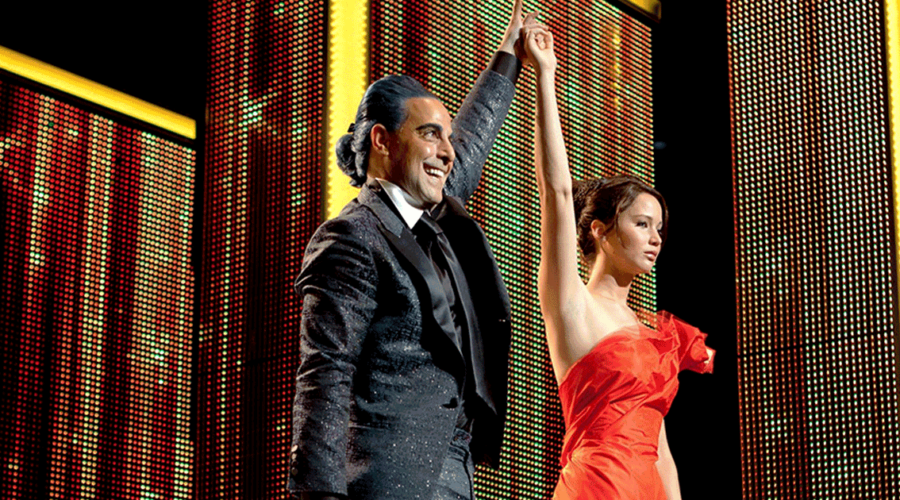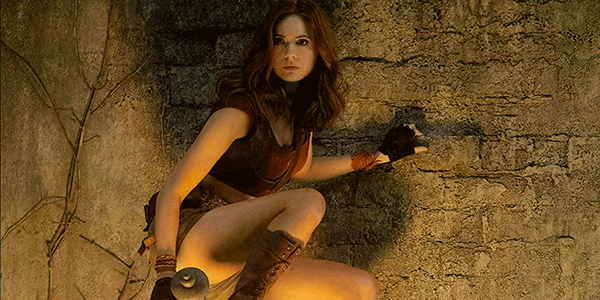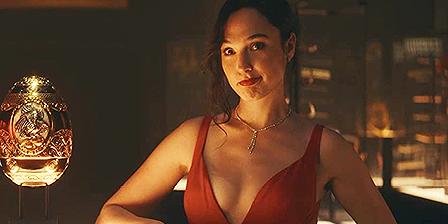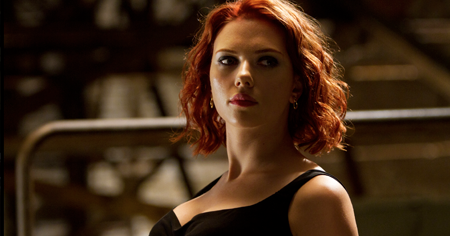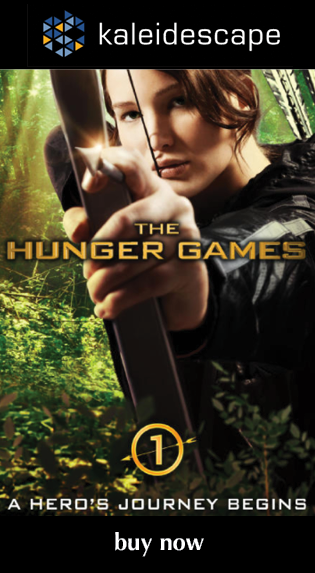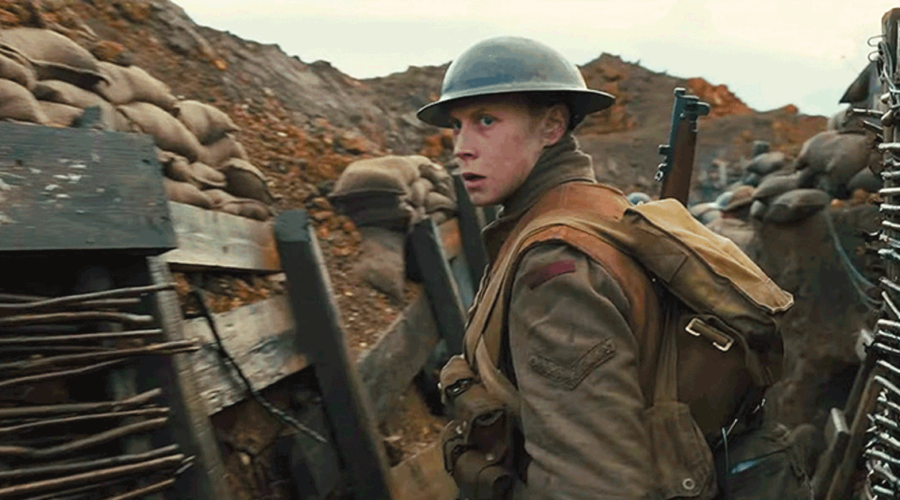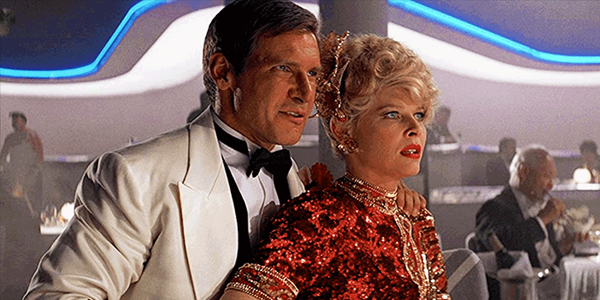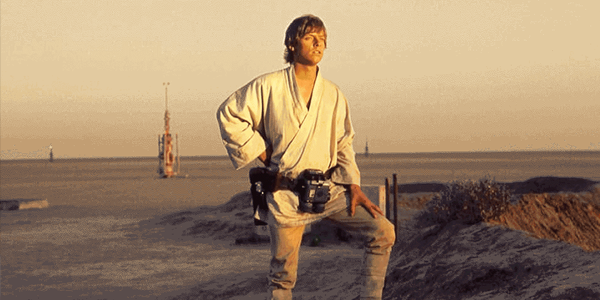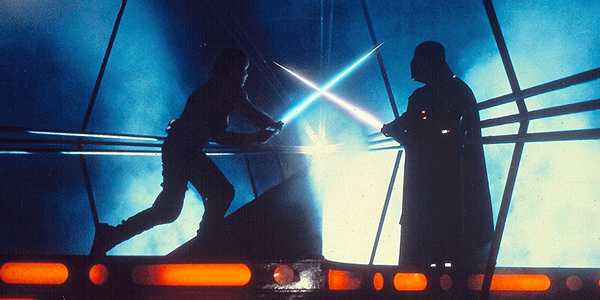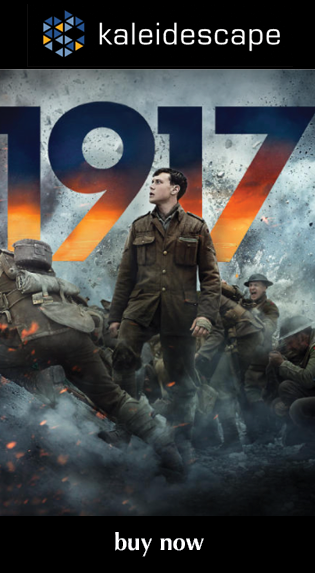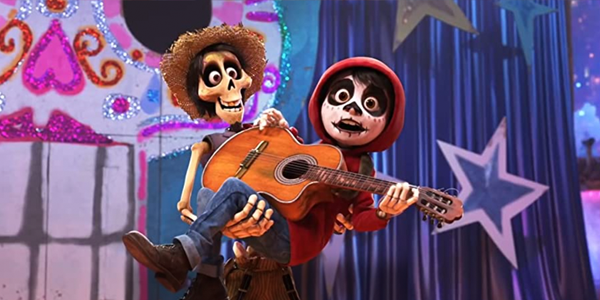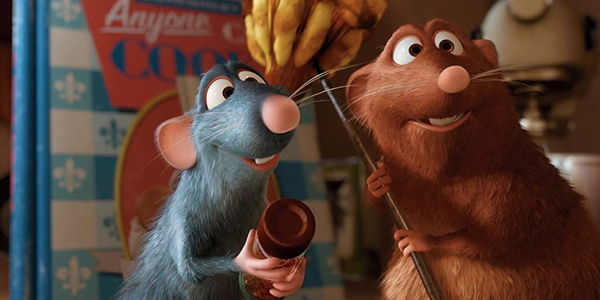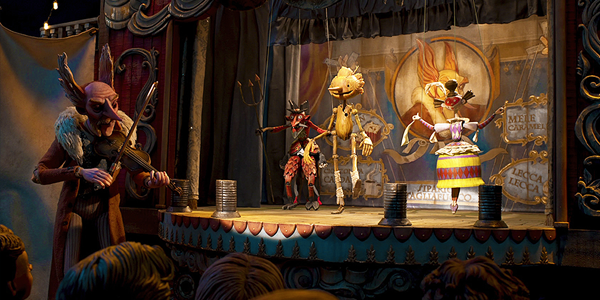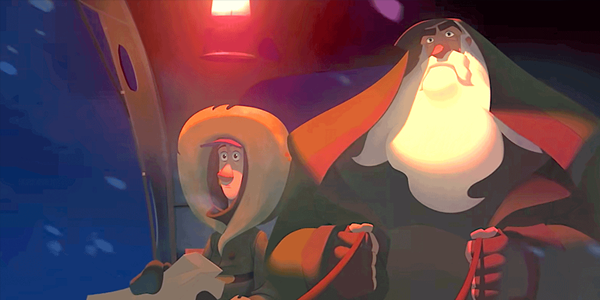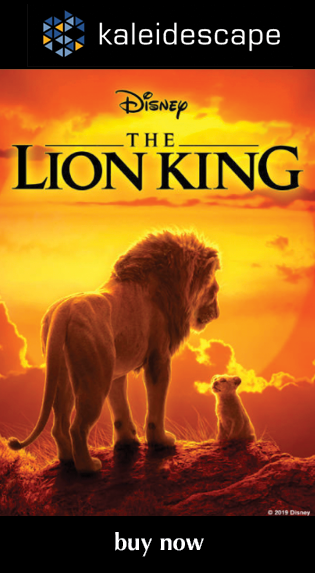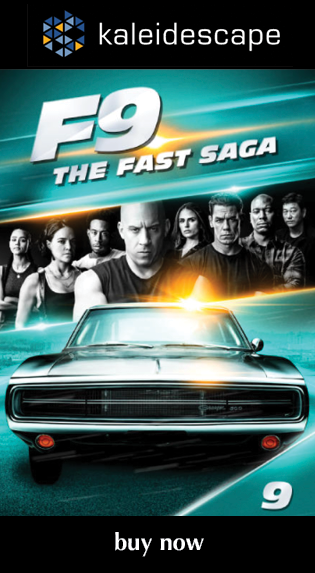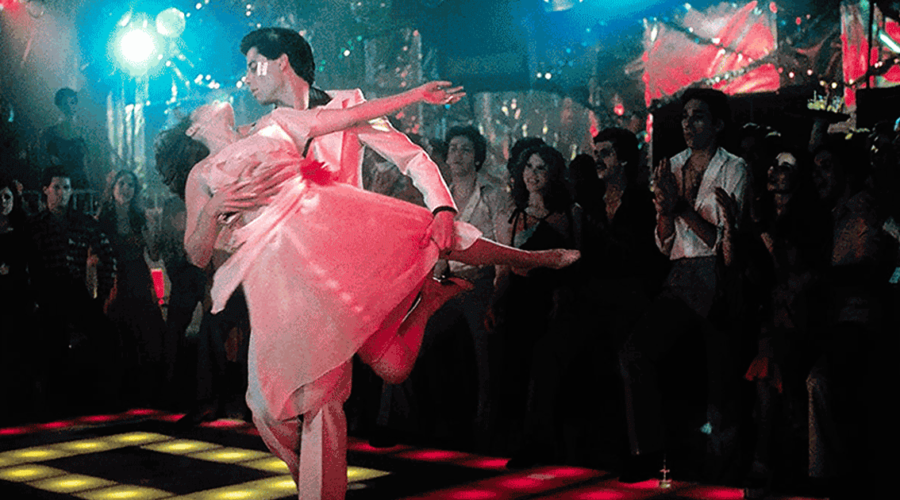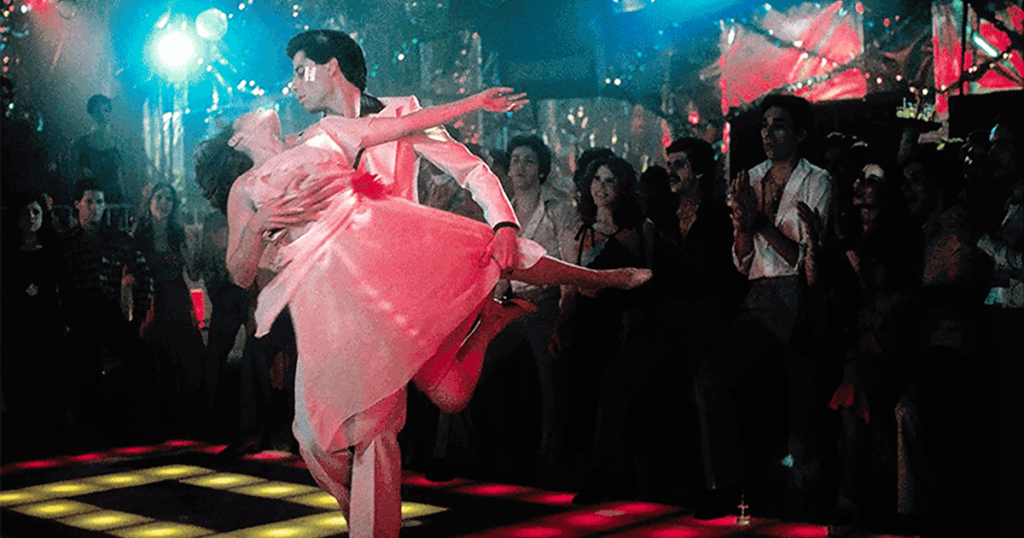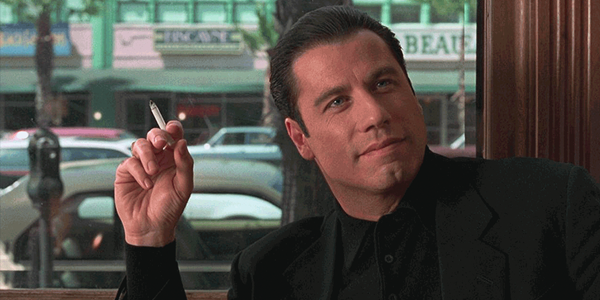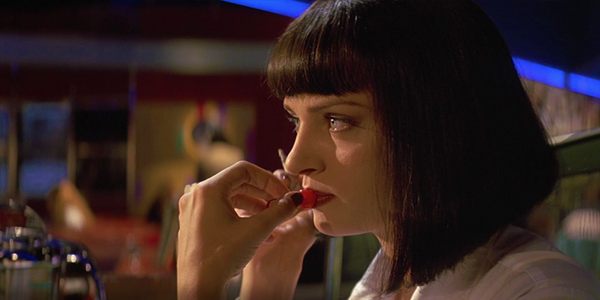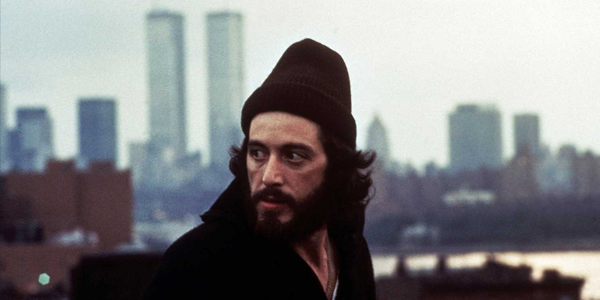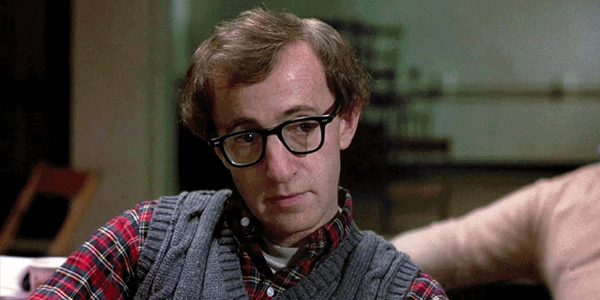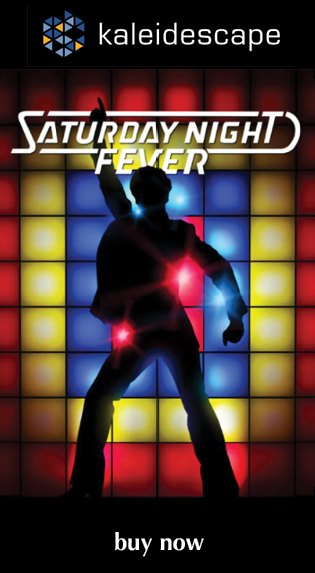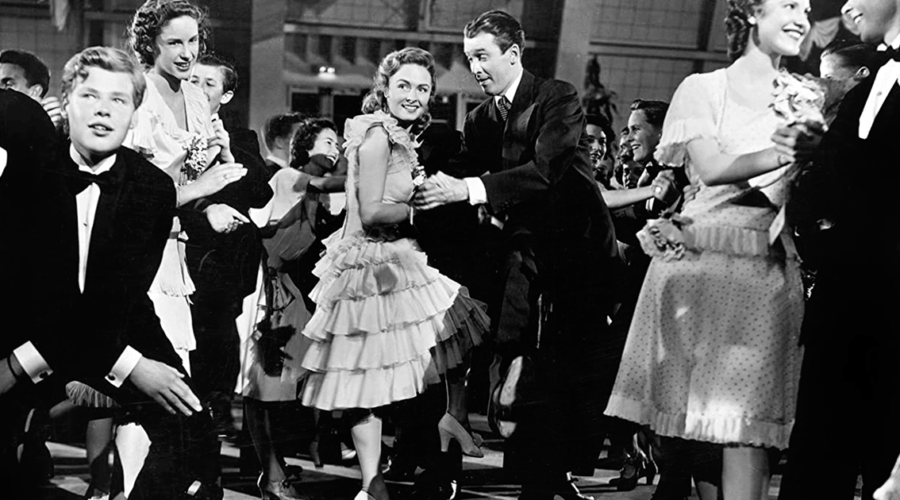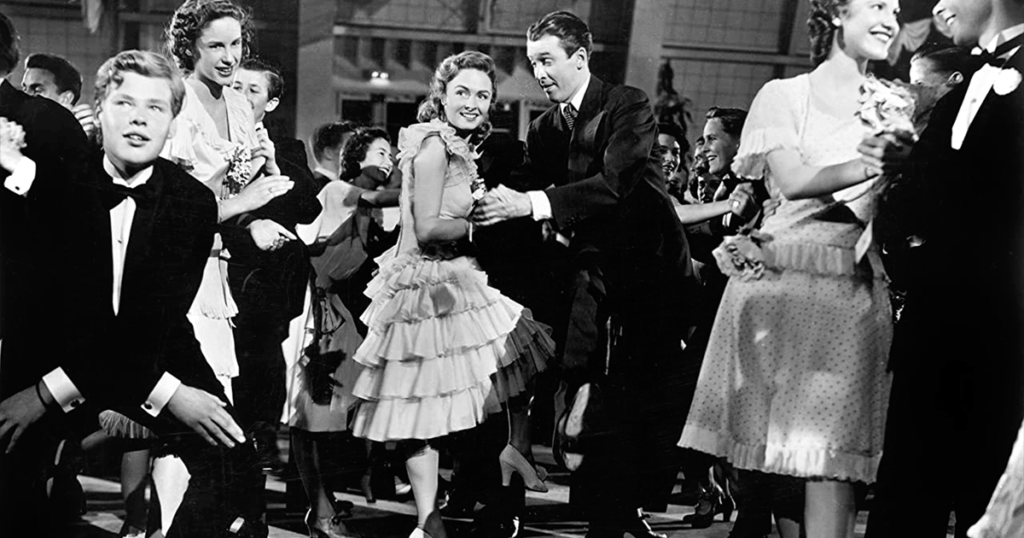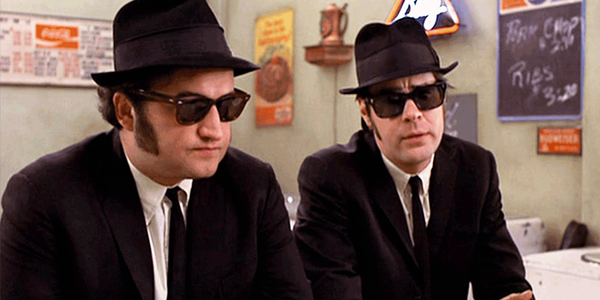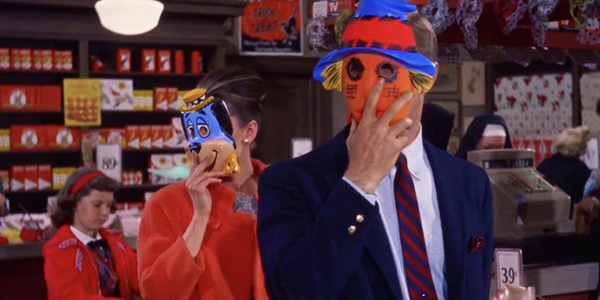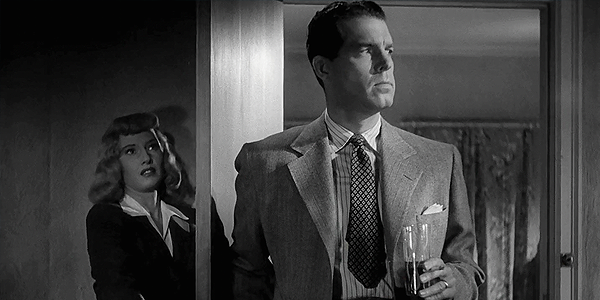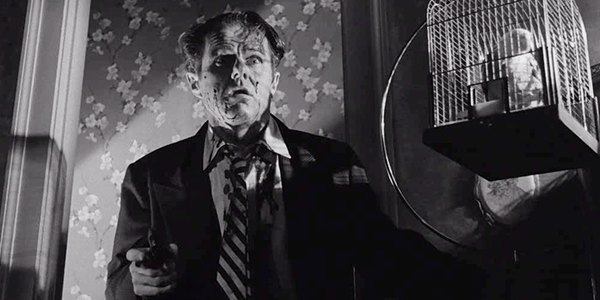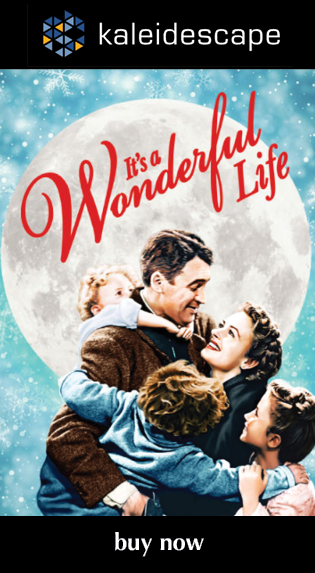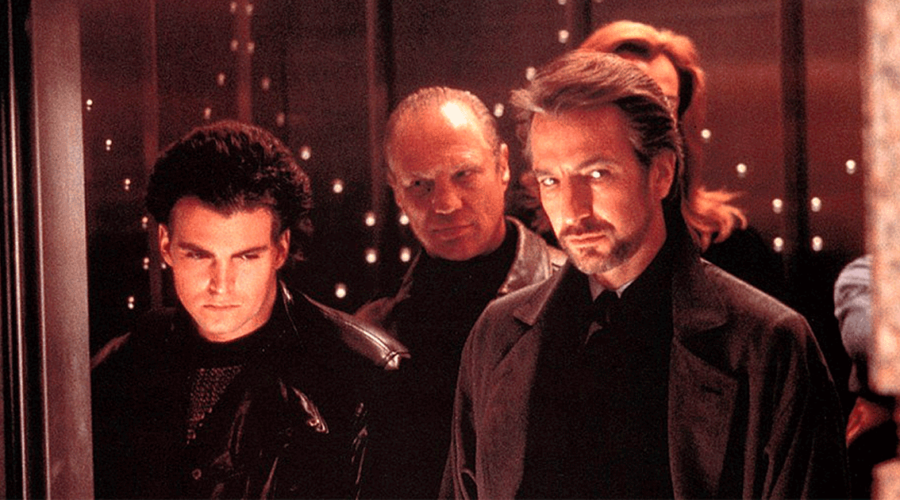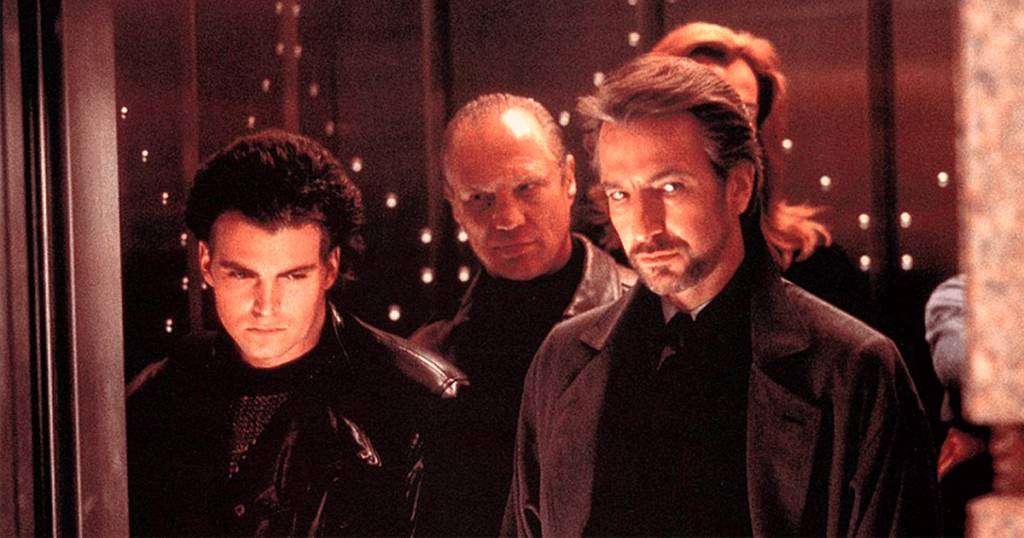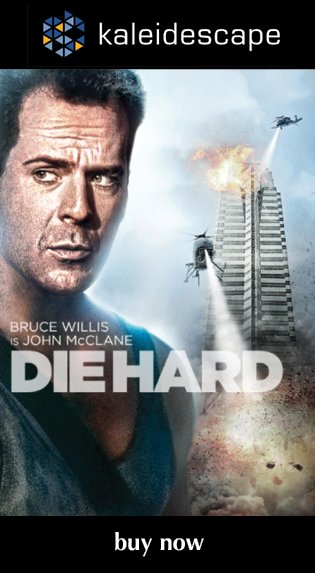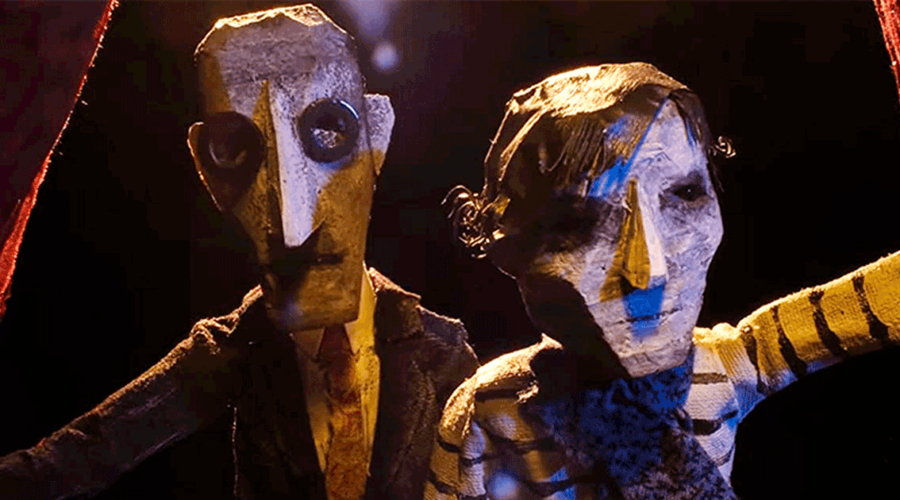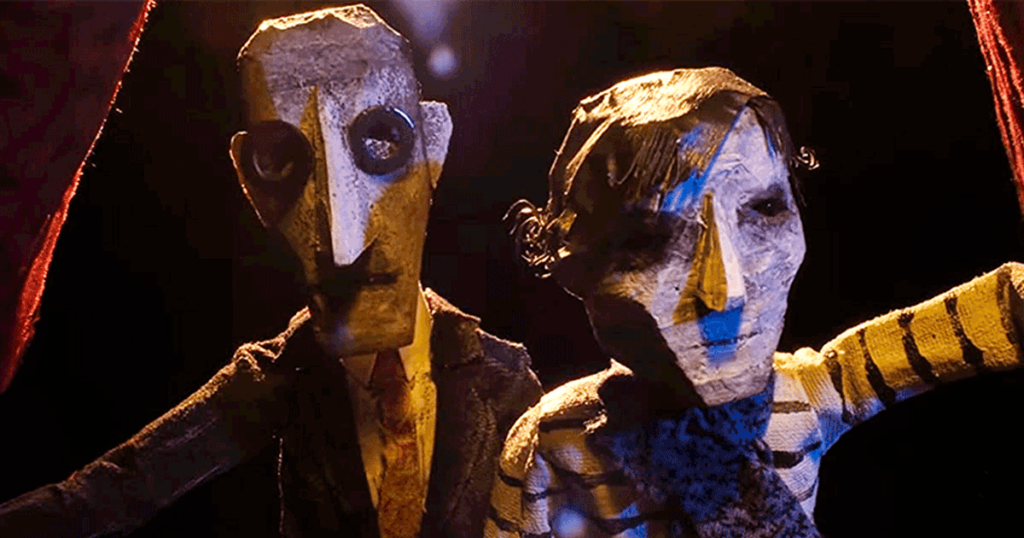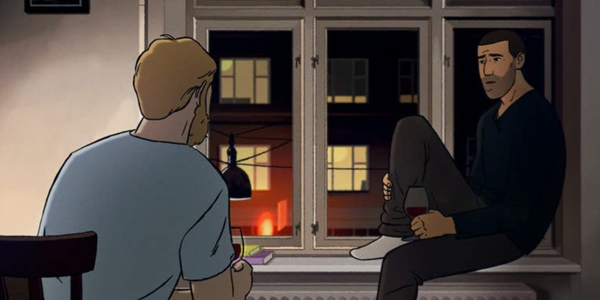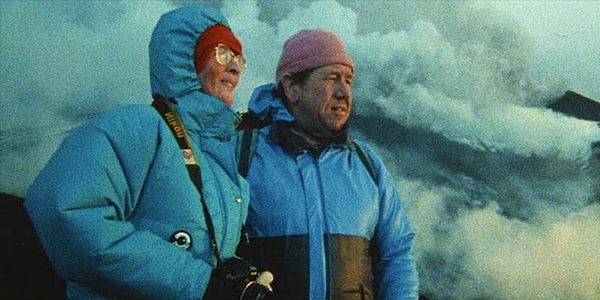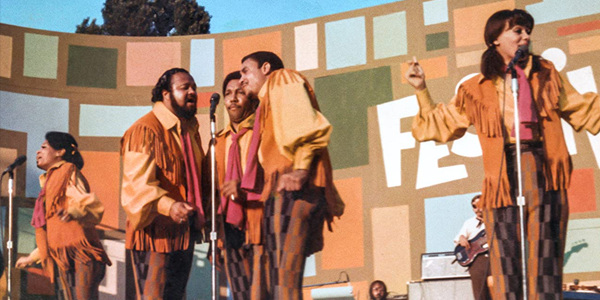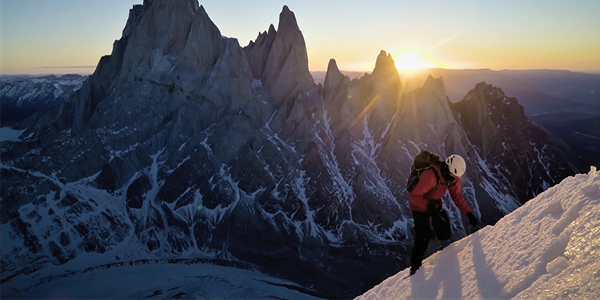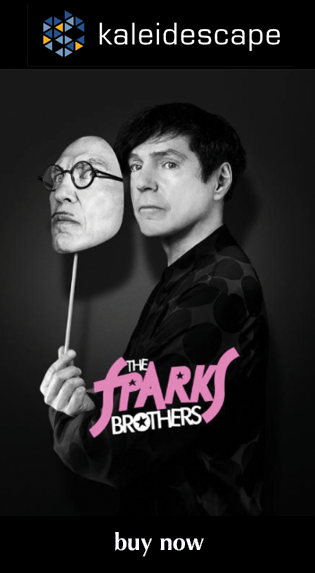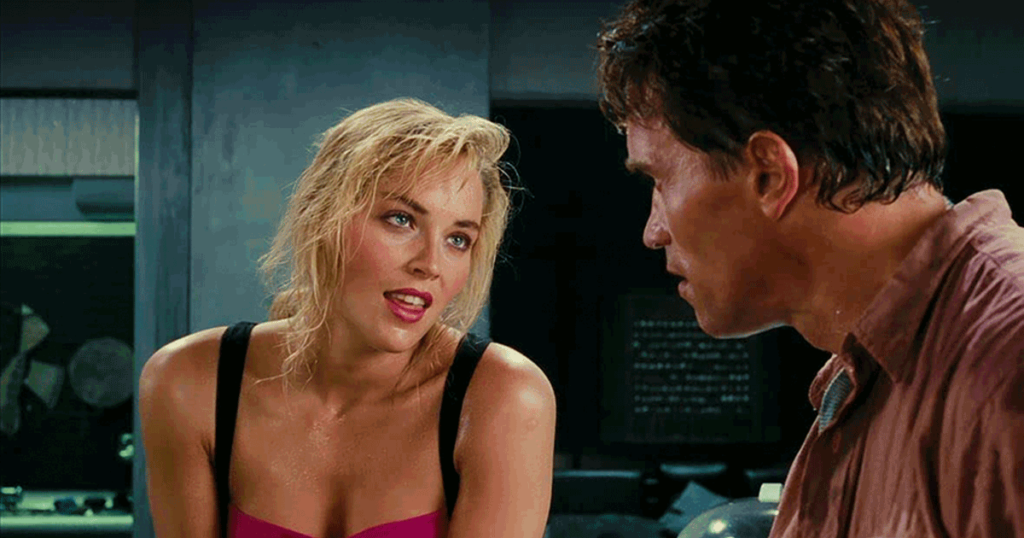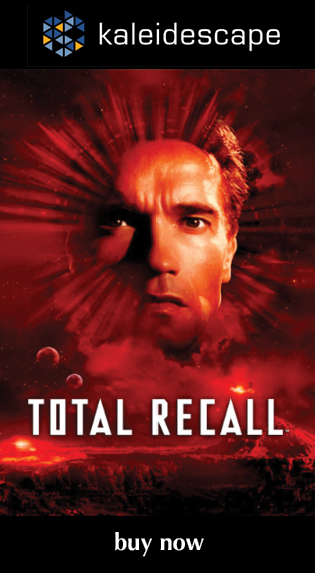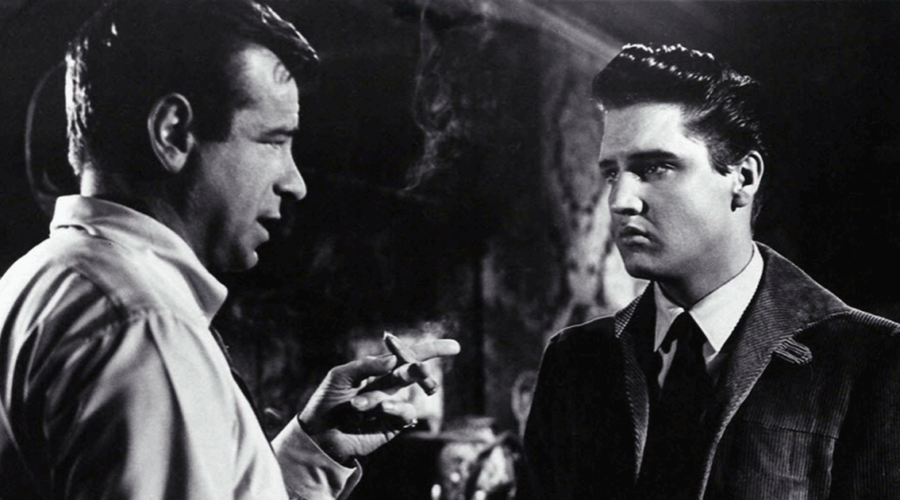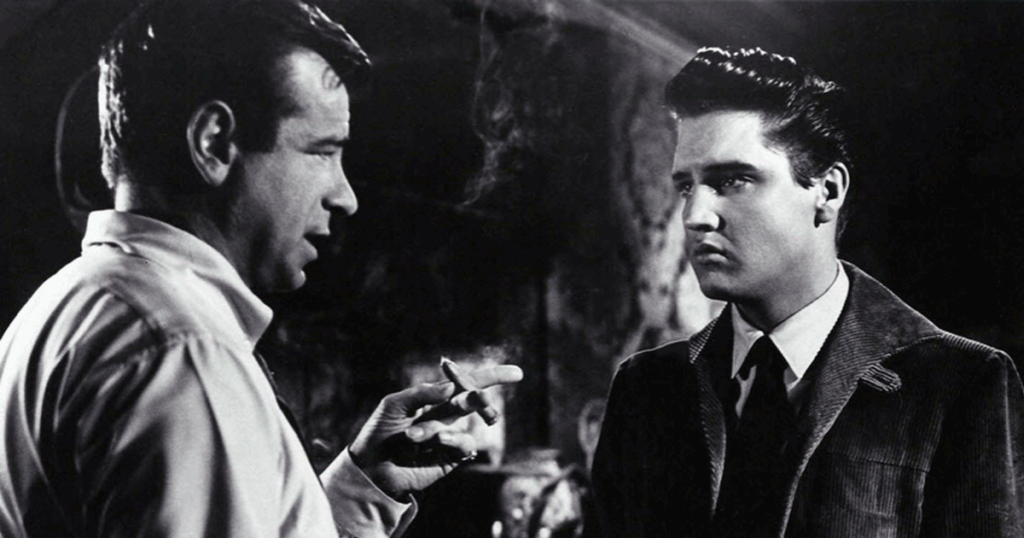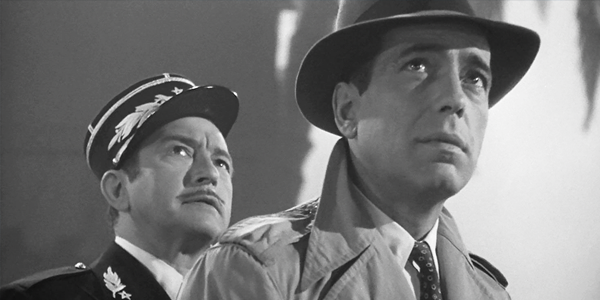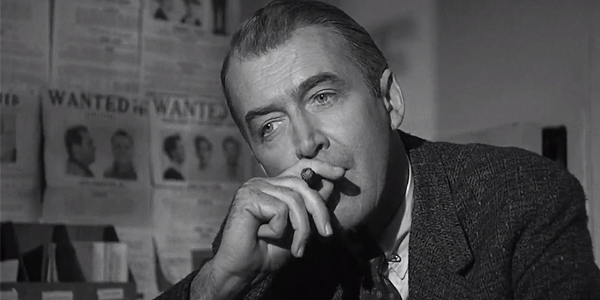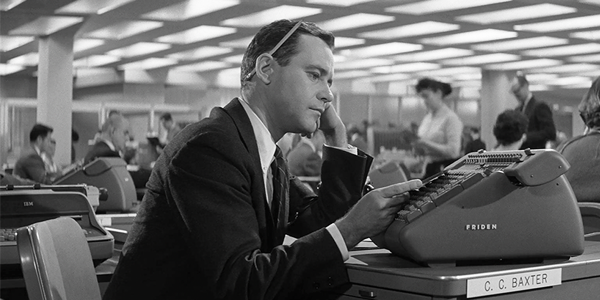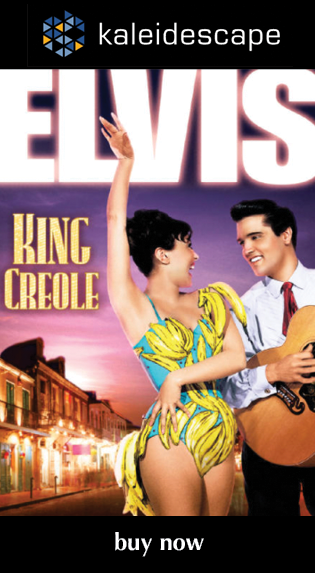Review: The Hunger Games Series
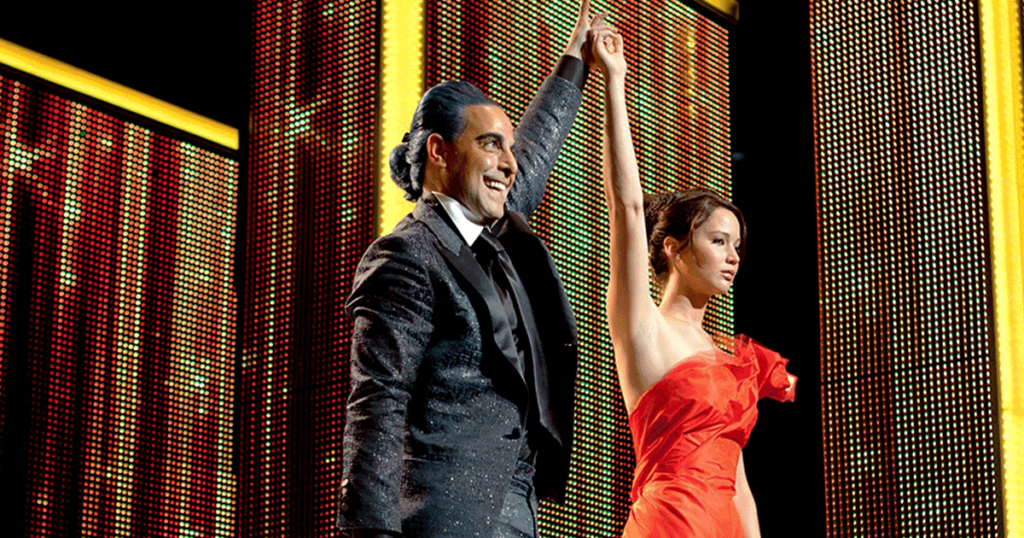
review | The Hunger Games Series
The 4K HDR/Atmos releases of all four films offer a great opportunity to revisit the entire series
by John Sciacca
updated August 26, 2023
All four films in the Hunger Games series—The Hunger Games, Catching Fire, Mockingjay Pt. 1, and Mockingjay, Pt. 2—are now available in both UHD Blu-ray and via Kaleidescape in 4K HDR. The first two were filmed in 35mm and were taken from a 2K digital intermediate for home release, while the final two were shot on ArriRaw at 2.8K and taken from a 4K DI.
The filmmakers frequently push in tight on actors’ faces during closeups, often with a face filling almost the entire screen, and you can appreciate the terrific detail here. Every pore, scar, stray hair, or the pancake makeup worn by Effie (Elizabeth Banks) is clearly on display. You can also see all the texture and detail in clothing, with the jackets worn by Katniss (Jennifer Lawrence) and Rue (Amandla Stenberg) having fine single-line detail on the shoulders that is sharp and clear. The only artifacts I noticed were some jaggies in the shadows of fallen spears at the 42 minute mark in the first movie.
Longer shots, however, are softer, with the leaves and trees in the forest not having razor-sharp edges. Also, there’s a large tree in Catching Fire that is pretty obviously CGI that looks soft in the 4K transfer.
Night plays a key role in the first two films—it’s the best time to move around undetected when you’re being hunted or to hunker down and sleep—and while blacks were deep with nice low-level detail, there’s a bit of noise in parts of the first film I didn’t notice in the second. Also, there’s a tad of grain in some of the shots in the first film but it’s not distracting.
The added contrast adds depth and dimension to the images, and is used to give added punch to things like roaring flames, fireballs, or even Caesar’s (Stanley Tucci) enhanced smile. It also creates a wonderfully natural image in the second film when some characters are talking next to a fire with their faces lit with a warm glow from the flames. You can appreciate the wider color gamut and HDR in Catching Fire, where you see the elaborate costumes at the Capital party, the glowing lights on Caesar’s set, or Katniss’ “girl on fire” dress with colors that burn off the screen.
All four films feature Dolby TrueHD Atmos soundtracks, and while they aren’t overly aggressive, they certainly do a great job of putting you in the action, with tons of immersive atmospheric sounds, hard directional cues, and generous use of the height speakers when appropriate.
During the many outdoor scenes, the room fills with the sounds of insects buzzing, leaves rustling, and birds chirping. The room also fills with the sounds of Caesar’s roaring crowds or the buzz and hum of machinery and lighting inside the Game room. There are also a couple of moments where you’re alerted to someone behind you by the snap of a twig from the rear or the angry bzzzzz of a tracker-jacker nest. PA announcements are mixed into the height speakers to good effect, making it sound like the voice is booming into the arena.
The couple of moments in Catching Fire that feature gunfire are loud, sharp, and dynamic, and when there’s a moment that calls for deep bass—fireballs crashing into trees, trees crackling and splintering, the cannon boom announcing the death of a Tribute—the soundtrack delivers. Dialogue remains well presented and clear no matter the action, making sure you never miss an important exchange between characters.
The Hunger Games has great replay value, and the series is entertaining from start to finish, whether you’re watching it for the first time or the tenth. If you haven’t watched it presented in 4K HDR with the Atmos soundtrack, now is the perfect time to give it another look.
Probably the most experienced writer on custom installation in the industry, John Sciacca is co-owner of Custom Theater & Audio in Murrells Inlet, South Carolina, & is known for his writing for such publications as Residential Systems and Sound & Vision. Follow him on Twitter at @SciaccaTweets and at johnsciacca.com.
© 2025 Cineluxe LLC
